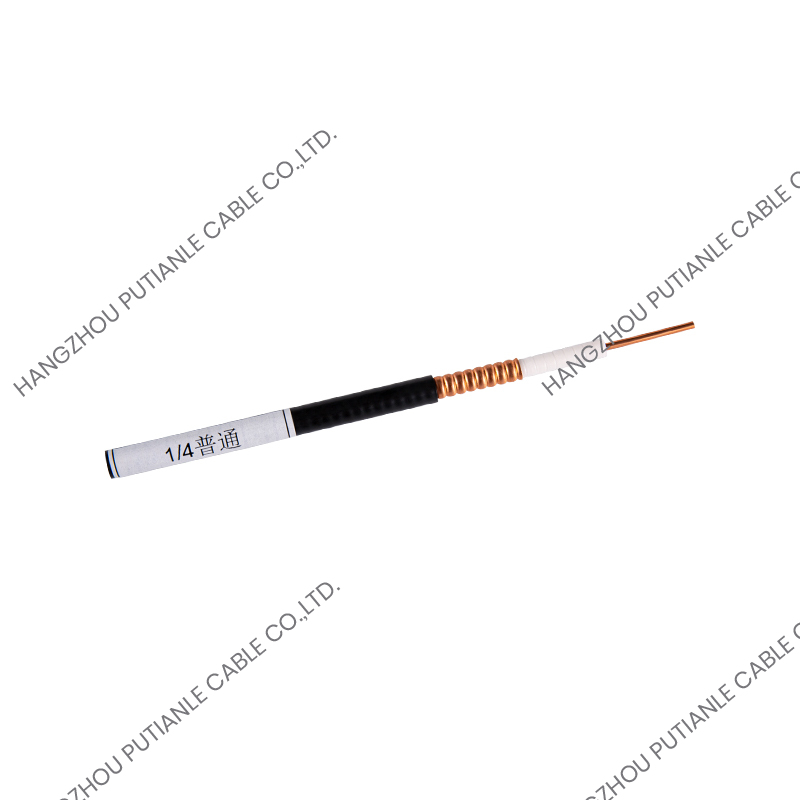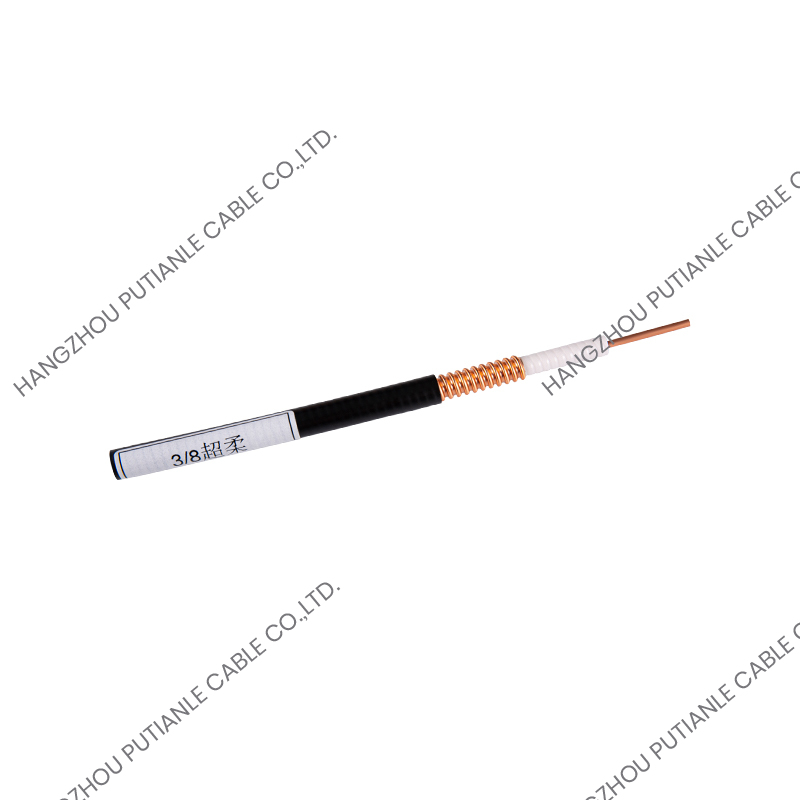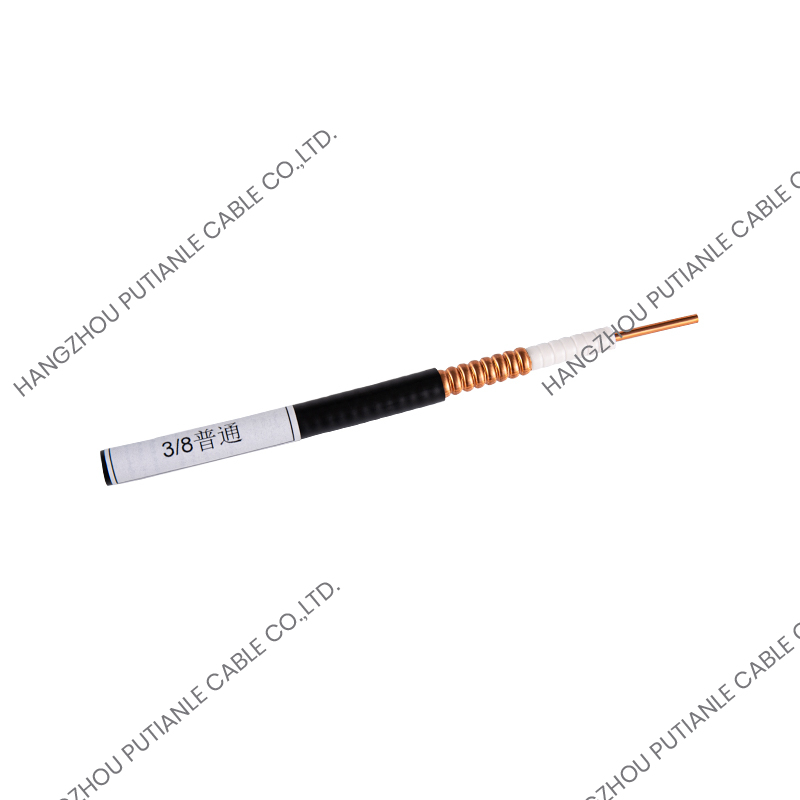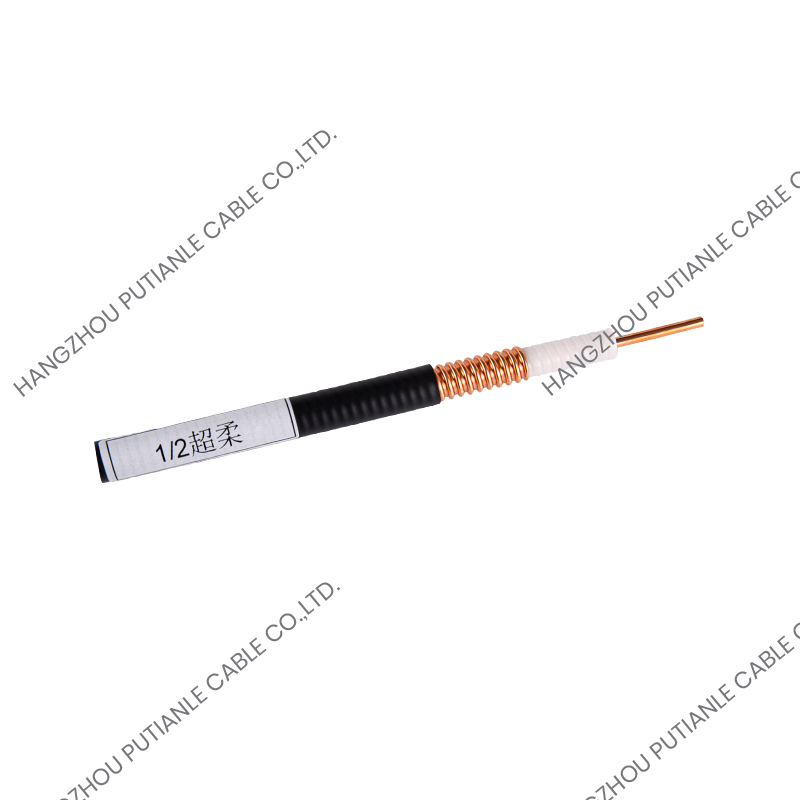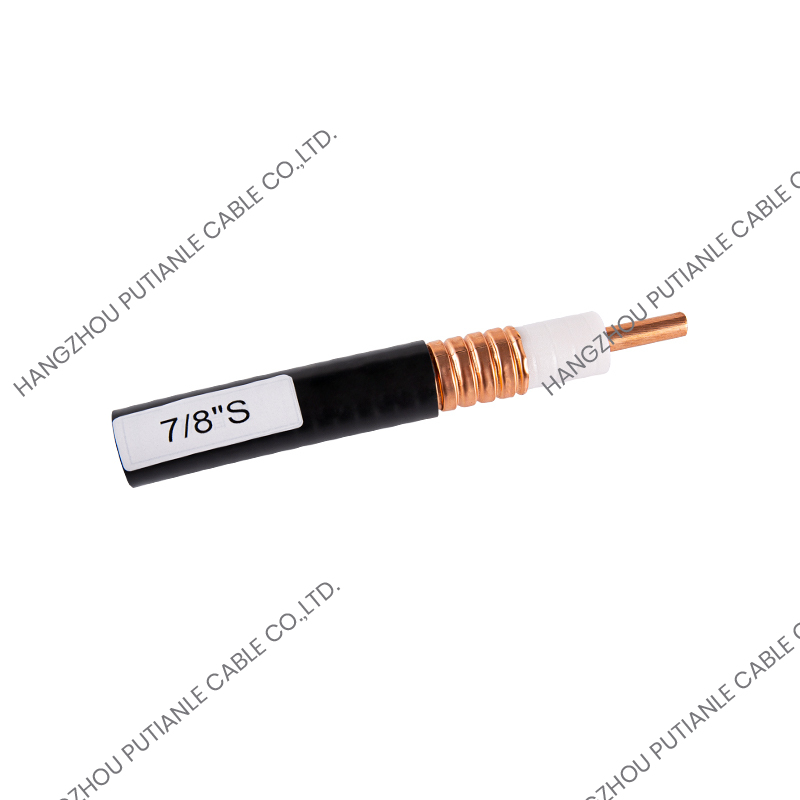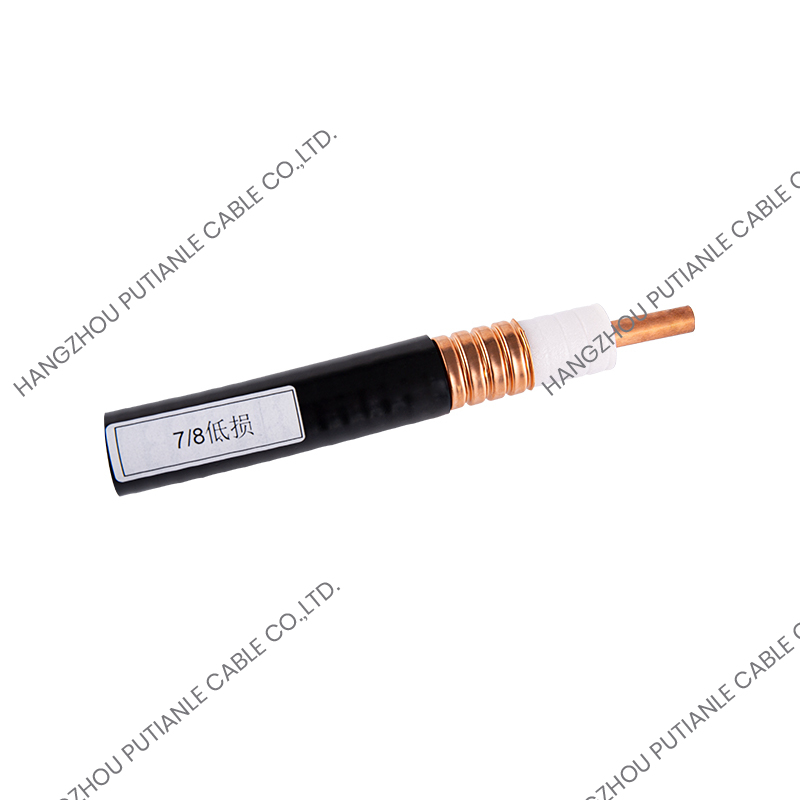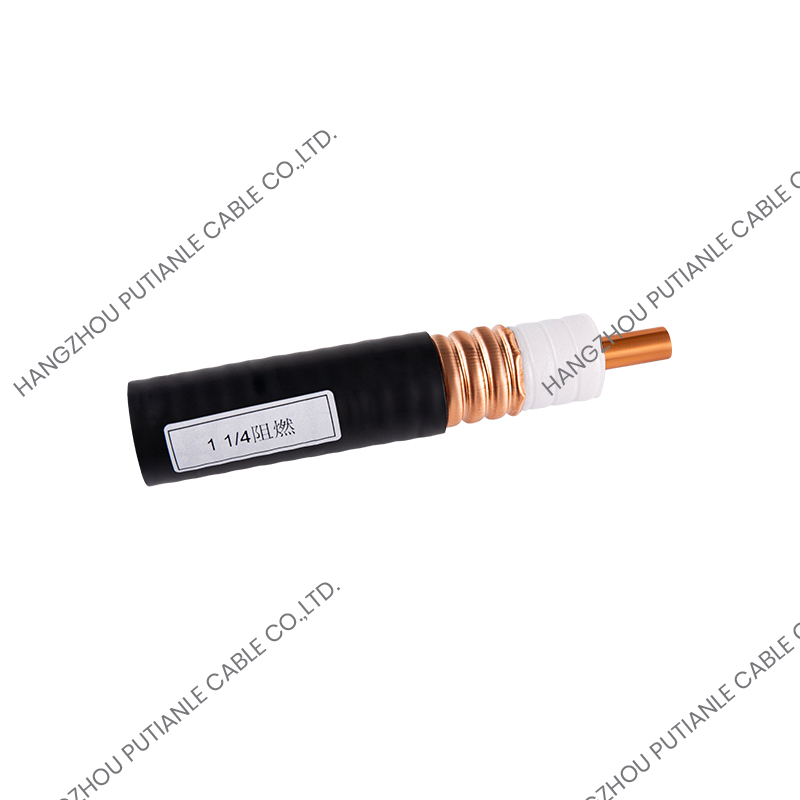Fiber optical cables have revolutionized data transmission by providing ultra-high-speed and long-distance connectivity with minimal signal loss. They form the backbone of modern communication networks, from internet and telecommunications to industrial automation and defense systems. However, not all fiber optic cables are created equal. Depending on the design, transmission mode, application, and environment, there are several types of fiber optical cables available.
1. Classification Based on Transmission Mode
Fiber optic cables are primarily classified into two major types based on the mode of light transmission:
A. Single-Mode Fiber (SMF)
Core Diameter: ~8–10 microns
Light Source: Laser
Transmission Distance: Up to 100 km and beyond
Bandwidth: Very high
Color Code: Usually yellow outer jacket
Description:
Single-mode fiber allows light to travel in only one path or mode, which minimizes attenuation and distortion. This makes it ideal for long-distance, high-bandwidth applications such as:
Long-haul telecommunication lines
Metropolitan Area Networks (MANs)
Submarine cables
Data centers
Advantages:
Low attenuation
High data transmission rates
Ideal for 10G, 40G, and 100G networks
B. Multimode Fiber (MMF)
Core Diameter: ~50 or 62.5 microns
Light Source: LED
Transmission Distance: Typically up to 2 km (depending on type)
Color Code: Usually orange or aqua outer jacket
Description:
Multimode fiber allows multiple light paths or modes to propagate simultaneously. While this increases modal dispersion and reduces transmission distance, it is ideal for short-distance communication, including:
Local Area Networks (LANs)
Office or campus networks
Industrial networks
Common Types of MMF:
OM1: 62.5/125 µm, supports 1 Gb up to 300 meters
OM2: 50/125 µm, supports 1 Gb up to 600 meters
OM3: Laser-optimized, supports 10 Gb up to 300 meters
OM4: Enhanced OM3, supports 10 Gb up to 550 meters
OM5: Wideband MMF for high-speed applications (e.g., 100G over SWDM)
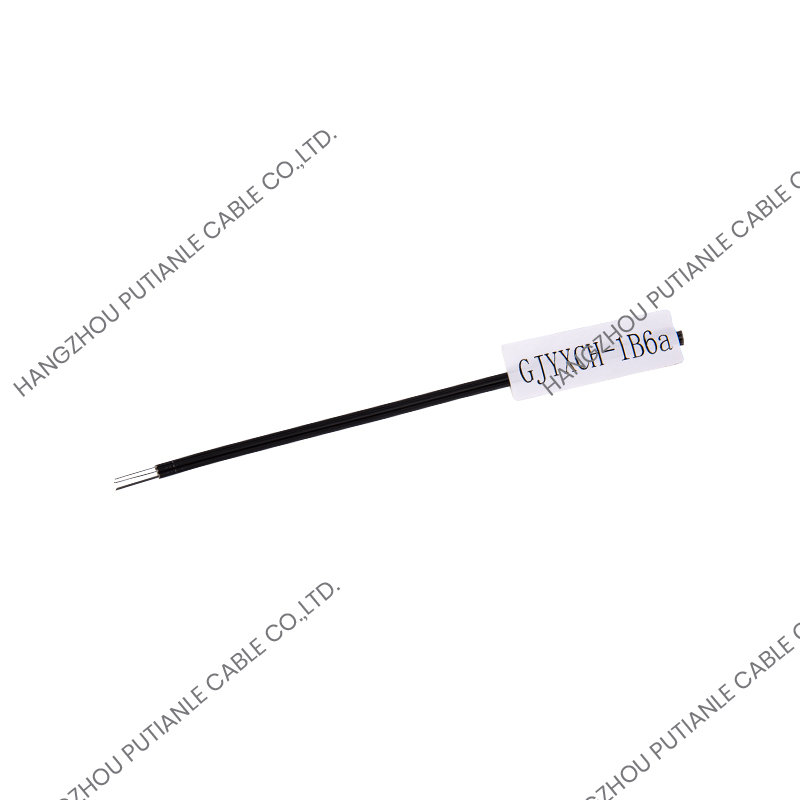
2. Classification Based on Cable Structure
A. Tight-Buffered Cables
Fiber is directly coated with a thick buffer
Offers better mechanical protection
Suitable for indoor applications (e.g., riser and plenum)
Use Cases:
LAN backbones
Patch cords
Device interconnections
B. Loose-Tube Cables
Fibers are housed loosely inside tubes filled with gel or water-blocking powder
Excellent moisture resistance and mechanical protection
Typically used in outdoor and underground installations
Use Cases:
Long-distance telecom networks
Aerial and duct installations
Harsh environmental conditions
C. Armored Fiber Optic Cables
Includes a layer of metal armor for additional mechanical protection
Protects against rodents, impact, and crushing
Available in both indoor and outdoor variants
Use Cases:
Industrial facilities
Underground and rugged terrains
High-security areas
D. Ribbon Fiber Cables
Multiple fibers arranged in flat ribbons
Enables high-density splicing and easy mass fusion splicing
Supports up to 12 or 24 fibers per ribbon
Use Cases:
Data centers
High-fiber-count networks
Backbone connections
3. Classification Based on Application Environment
A. Indoor Fiber Optic Cables
Designed with flame-retardant jackets (e.g., plenum, riser rated)
Lightweight and easy to install in conduits or cable trays
Typically tight-buffered
Common Applications:
FTTH (Fiber to the Home)
Building cabling
Inter-equipment connectivity
B. Outdoor Fiber Optic Cables
Designed for UV, moisture, and temperature resistance
Often armored or loose-tube design
Can be buried, ducted, or aerially deployed
Common Applications:
ISP and telecom backbone
Long-haul internet links
Industrial and field deployments
C. Aerial Fiber Cables
Designed for pole-to-pole installations
Includes steel messenger wire for self-support
Withstands wind, ice, and environmental stress
Common Applications:
Rural broadband
Overhead telecom lines
4. Specialty Fiber Cables
A. Hybrid Fiber Cables
Combine single-mode and multimode fibers in one cable
Allows support for multiple technologies within the same infrastructure
B. Breakout Cables
Each fiber is separately reinforced and jacketed
Eliminates need for fan-out kits
Ideal for direct termination
C. Distribution Cables
Multiple fibers bundled tightly with minimal protection
Compact and cost-effective for indoor routing
5. Color Coding and Standards
Understanding jacket colors and industry standards can help identify fiber types:
Fiber Type Jacket Color Common Standard
Single-mode Yellow OS1, OS2
Multimode OM1/OM2 Orange OM1, OM2
Multimode OM3 Aqua OM3
Multimode OM4 Aqua/Violet OM4
Multimode OM5 Lime Green OM5
6. Choosing the Right Fiber Cable
When selecting a fiber optic cable, consider the following:
Transmission distance: Use SMF for long-distance; MMF for short-range.
Bandwidth requirement: Higher bandwidth = SMF or OM3/OM4 MMF.
Installation environment: Indoor (tight-buffered), outdoor (loose-tube or armored).
Mechanical protection needs: Choose armored or breakout cables for durability.
Future-proofing: High-fiber-count ribbon or OM4/OM5 for high-speed networks.
The world of fiber optic cables is diverse, each type engineered for specific applications and performance requirements. Whether you're building a long-haul backbone network, a local LAN, or installing fiber-to-the-home (FTTH), selecting the right type of fiber cable is crucial to ensure optimal performance, cost efficiency, and reliability.
Understanding the differences between single-mode vs. multimode, tight-buffered vs. loose-tube, and indoor vs. outdoor fiber optic cables will empower you to make informed decisions and future-proof your communication infrastructure.


 中文简体
中文简体 English
English Español
Español

